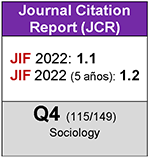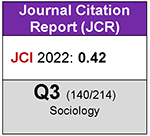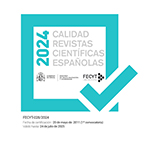How to Measure Congruence: Comparing Three Measures in Central America
DOI:
https://doi.org/10.5477/cis/reis.169.63Keywords:
Latin America, Congruence, Ideology, Measurement, RepresentationAbstract
Recent literature on congruence has focused on the development of indicators that improve its measurement. In this methodological article, we contribute to this literature by comparing the strengths and limitations of three of these new measures —Golder and Stramski (2010), Lupu et al. (2017) and our own measures— and compare their results when applied to Central American cases to measure ideological and issue congruence.This set of cases are ideal for the comparison because the preferences of citizens and representatives do not follow a normal distribution. The comparison highlights the implications that methodological choice has on the study of congruence and representation and the need to develop stronger methodological discussions in this literature.
Downloads
Downloads
Published
How to Cite
Issue
Section
License
Copyright (c) 2024 Revista Española de Investigaciones Sociológicas

This work is licensed under a Creative Commons Attribution-ShareAlike 4.0 International License.
Permite Compartir — copiar y redistribuir el material en cualquier medio o formato, Adaptar — remezclar, transformar y construir a partir del material para cualquier propósito, incluso comercialmente.








